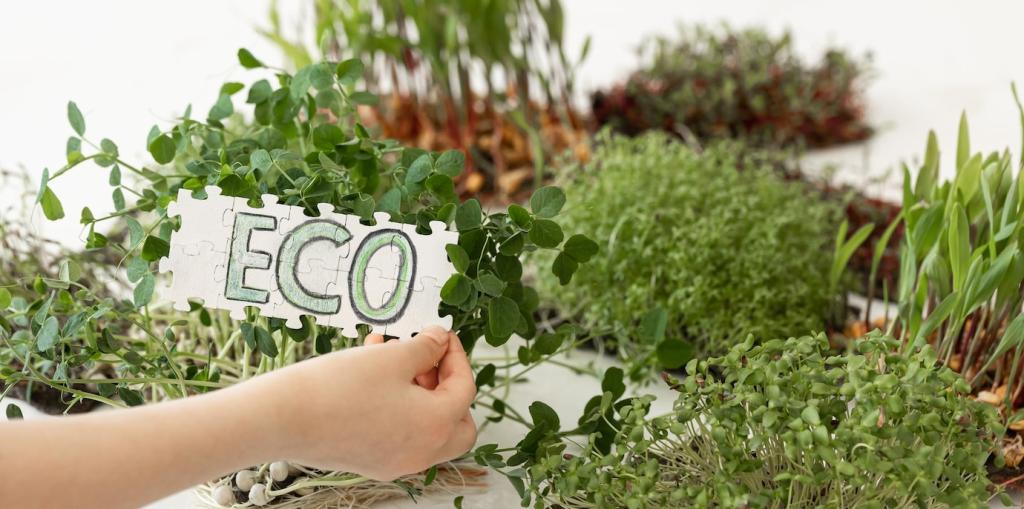Biodiversity on the Roof and Wall
Clusters of nectar-rich natives—sedum, yarrow, penstemon, and thyme—become reliable airport terminals for bees and butterflies. Vertical gardens extend blooming sequences up the facade, offering waypoints in dense districts. Over time, these pockets connect, supporting longer foraging routes and healthier pollinator populations through seasonal continuity.
Biodiversity on the Roof and Wall
A family in Madrid reported goldfinches nesting near their trellised facade and ladybugs hunting aphids by midsummer. With varied heights and microhabitats, small rooftop plots can host surprising life. Observing with kids becomes a gentle ritual—binoculars, a notebook, and a weekly scan for new visitors.




